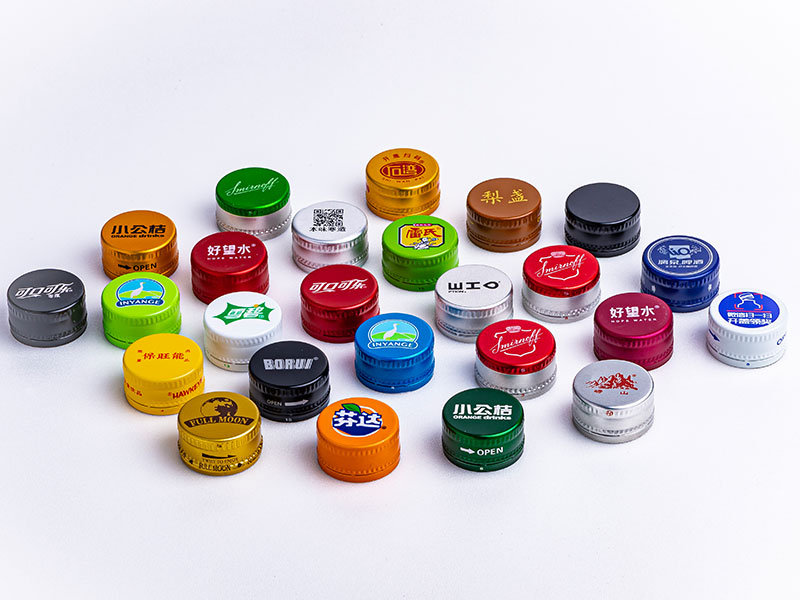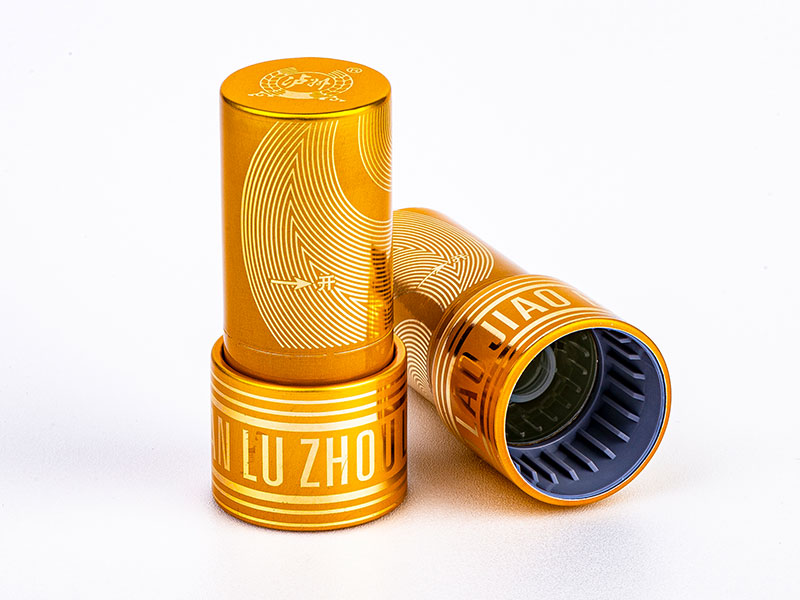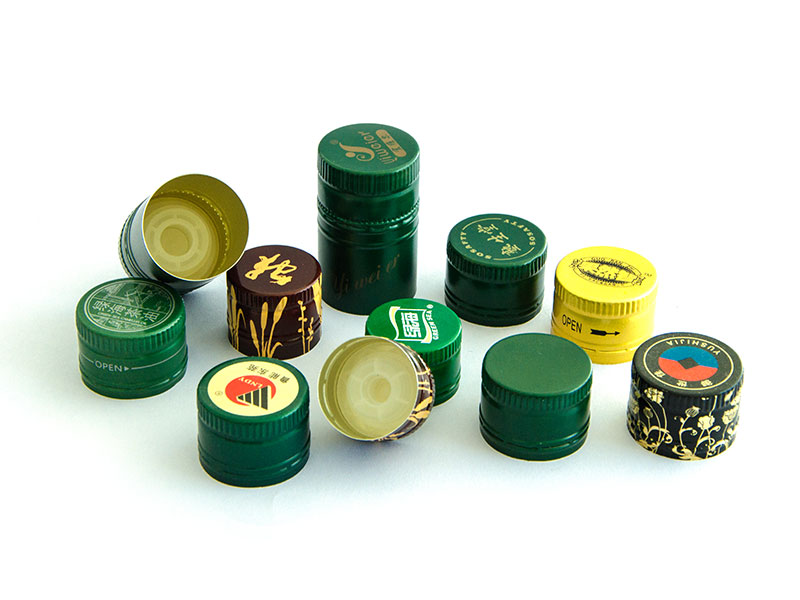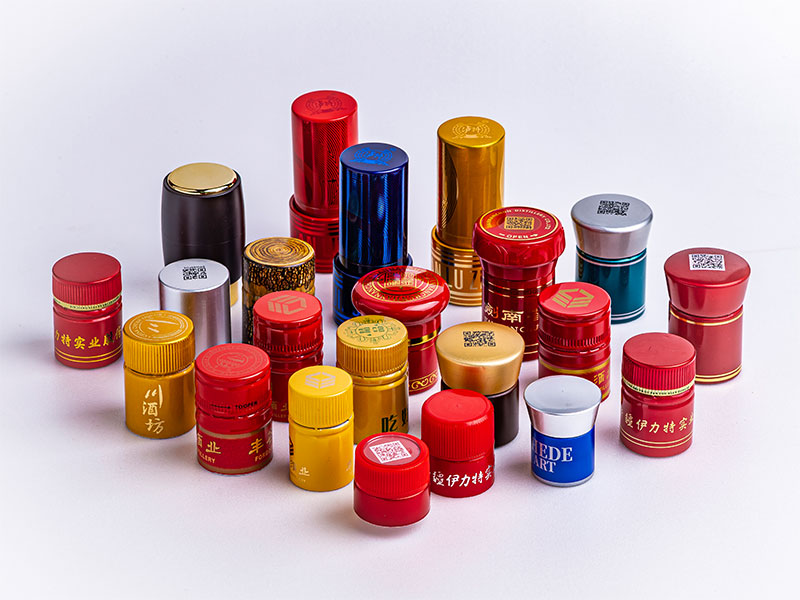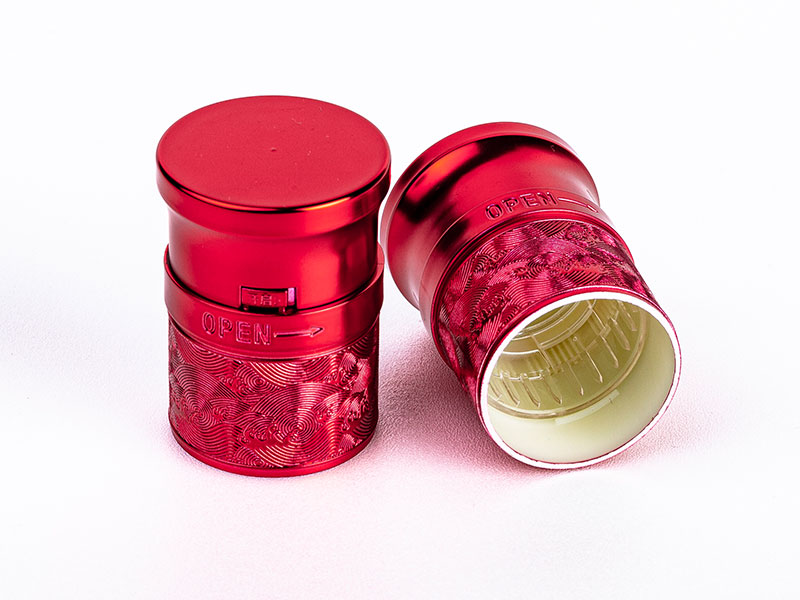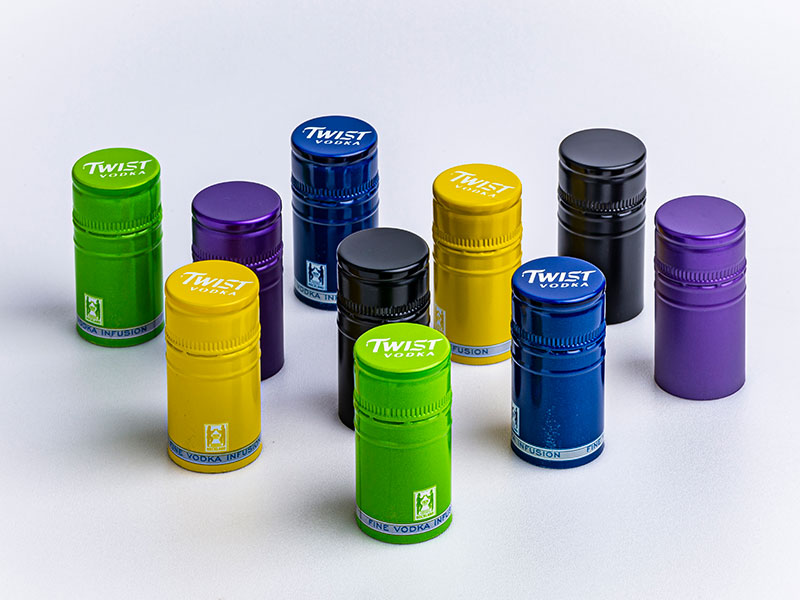Customizable Aluminum Soda Bottle Caps with Multi Color Options
In the evolving world of beverage packaging, the role of bottle caps has transcended from mere sealing mechanisms to dynamic brand ambassadors that reflect innovation, sustainability, and aesthetic flair. Among the myriad options, customizable aluminum soda bottle caps stand out—combining versatility, durability, and eye-catching design, with a sense of eco-conscious manufacturing. Today, let's dive into the sophisticated universe of aluminum soda bottle caps, especially those with multi-color customization capabilities, by examining their materials, technical parameters, customization techniques, and quality standards that make them indispensable for beverages worldwide.
Why Aluminum?
Aluminum bottle caps are favored in the beverage industry for several fundamental reasons:
- Lightweight Durability: Aluminum's atomic structure makes it a light yet resistant metal, minimizing transportation costs and increasing eco-efficiency without compromising strength.
- Corrosion Resistance: It naturally forms a protective oxide layer resisting carbonation and other acidic effects of soda drinks.
- Recyclability: Aluminum’s supply can be recycled infinitely with minimal energy input post initial production.
Core Parameters and Material Composition
A detailed of the aluminum alloys used unlocks comprehension of their application-specific advantages:
| Parameter | Specification |
|---|---|
| Alloy Designation | AA3004/3105 (Primary Industrial Alloys for Bottle Caps) |
| Typical Chemical Composition (% by weight) | |
| Aluminum (Al) | 94.0–96.5 |
| Magnesium (Mg) | 1.0–1.5 |
| Manganese (Mn) | 0.8–1.5 |
| Iron (Fe) | 0.4–1.0 |
| Silicon (Si) | 0.1 |
| Copper (Cu) | ≤0.1 |
| Zinc (Zn) | ≤0.1 |
| Others | ≤0.15 |
| Temper Designations | H14 (1/2 Hard), H19 (Hard) |
| Thickness | 0.20 – 0.38 mm (Typical range) |
| Weight | 1.5 – 3 grams (Depending on design) |
The 3004 and 3105 alloys strike the perfect balance between formability and mechanical strength, essential for producing self-venting bottle caps that reliably seal at pressure while resisting deformation during capping operations.
Technical Implementation Standards and Manufacturing Conditions
Producing aluminum soda bottle caps is a complex dance of metallurgy, precision tooling, and coating technology. Some critical standards and process conditions include:
Rolling and Tempering: Aluminum sheets are cold rolled until the desired gauge is attained. The tempering status (e.g., H14 is strain-hardened and partially annealed) must enable suitable stiffness for capping, without brittleness.
Forming: The primary body is shaped using high-speed tooling presses that form the groove-and-ridge sealing profiles essential for carbonation retention.
Coatings and Sealants:
Internal coatings (often epoxy or BPA-free resins) protect the aluminum from acidic beverages.
External coatings provide ideal adhesion surfaces for printing and increase abrasion resistance.
ISTA Testing and Leak Evaporation Checks: Temperature cycling and pressure stress-testing ensure caps withstand real-world handling.
Customization: Multi-Color Options and Personalized Branding
What elevates aluminum bottle caps is the customization expressible in colors and designs — a powerful mix of marketing ingenuity and precision chemistry.
Printing Technologies:
Screen Printing: Perfect for vibrant multicolor logos achieving sharp branding directly on caps.
Digital Inkjet: Allows complex graphics with rapid SIM turnaround, enabling promotional packaging with seasonal themes.
Color Application Methods:
Durable UV curing inks balance vividness and impact resistance.
Powder coatings conferring a matte or glossy finish come in a broad spectral palette.
Customization Design Flexibility:
Companies can choose full-length perimeter branding or minimalist icon placement.
Multicolor sequencing on caps helps differentiate product variants clearly on shelves.
Chemical Properties: Keeping Industrial Standards In Check
| Chemical Property | Requirement | Reason |
|---|---|---|
| Surface Oxide Layer | 10–20 nm thick natural oxide | Corrosion resistance and food safety |
| Internal Coating pH Stability | 5.0-6.5 | Protects soda taste and metal integrity |
| Magnesium Content | Controls tensile strength 1-1.5% | Balances strength & formability |
| Manganese Content | ~1.0% | Helps reduce anodizing defects |
The natural aluminum oxide surface combined with industrial coatings ensures that the finishing meets FDA/FSSAI/EFSA standards for food contact materials, preserving quality and safety.



